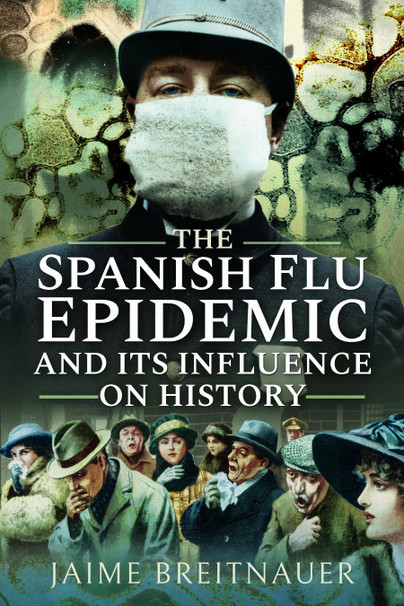From Chapter 11:
Perhaps the most lasting legacy of Spanish flu is that it barely left a legacy at all. While it has continued to be studied and analysed in niche virology circles, the collective memory seemed to stub it out and hurry to move on. Were it not thanks to a handful of dedicated historians such as Geoff Rice and Richard Collier, who collected personal accounts of the tragedy through the 1970s and 1980s, many first-person testimonies may have been lost. There are a few explanations of this mass memory loss and one of them related to honour. Perhaps in order to dull the painful reality of the loss of a treasured father, husband, brother or son, much pomp was conveyed onto the memory of those who died in battle. Dying from flu, however, did not convey the same sense of honour. In fact, in a world where eugenics had played a strong role so far, it made otherwise brave men appear weak and flawed.
Time is a healer, though, and there are lots of good reasons to be interested in Spanish flu now, a hundred years on from the pandemic; to honour the dead, to analyse the medical response, to measure the impact of the virus on the health of the population through the relatively new discipline of
epigenetics … but perhaps the most pressing reason for us to remember the outbreaks from a virology, epidemiology, sociology and historical point of view, is because of the high possibility it could happen again.
The outbreak of Spanish flu at the start of the twentieth century is considered to be one of the deadliest infections in the history of humanity, affecting a minimum of 30 per cent of the global population, and killing around 5 per cent.In a previous post you may find additional details.
